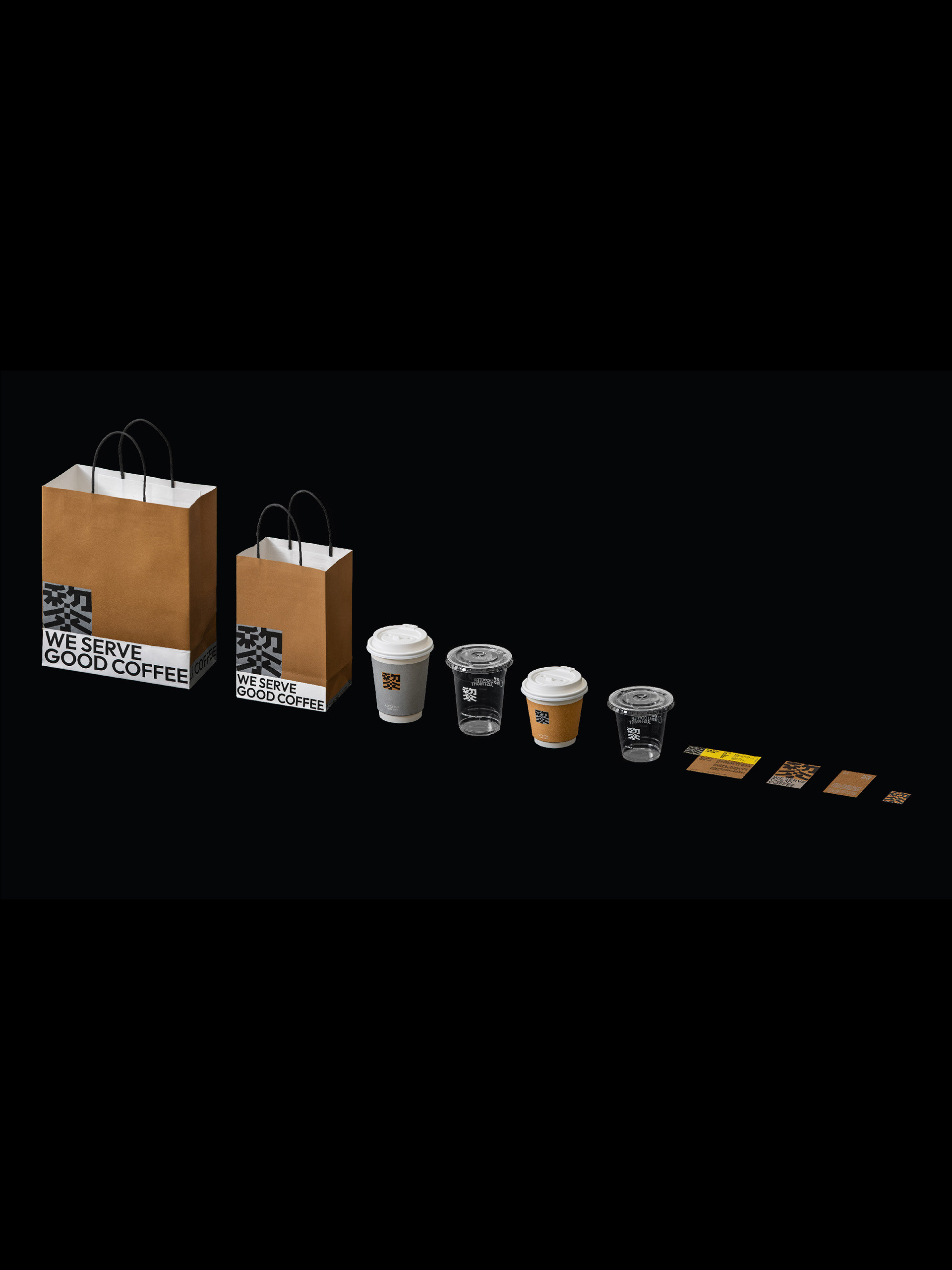Over summer, I took on a logo design project for Songwriting at Berkeley, a young student organization that for people who like songwriting or those that would like to begin. They talk about, listen to, and analyze music, work on lyrical composition, cover popular music, and perform in community open-mic nights.
At our first meeting, I focused my questions towards getting a better understanding of the club and its members. For them, it was important for both the writing and performance aspect of their club be conveyed through the logo. They wanted to give off a creative vibe while having their logo stand out from the many music and performance related clubs at Cal. With these general goals established, we delved into some details. I suggested playing with a script font for a more handwritten style that was reminiscent of music scores and of course, handwritten lyrics. They were also interested having an illustrative logo of a performer. Birds, fountain pens, and microphones were imagery that were mentioned, as well as musical notes and possibly instruments.
As a new club, Songwriting, didn't have much of an existing visual identity, so I played with several styles. During the sketching process, German woodcuts popped up in my mind, which led me to think of vintage-looking signs outside some old-timey music locales. However, it seemed quite dated for a club full of college students. However, jumping off from the signage idea, I thought of the neon signs inside jazz clubs and music lounges.
With that in mind, I did some research on existing logos for music-based organizations, and did some initial sketches.

Initial sketches after meeting with the client.
My first round drafts featured the neon sign inspired logo, simpler combination logos featuring a microphone, a woodblock inspired silhouette logo, and some seal-like designs. While I was inclined to push the neon idea with vibrant colors, it occurred to me that bright colors in the logo could diminish its versatility. I instead opted for more muted colors. I liked the flow of the script font, but out of concern for legibility and easy comprehension, I played with a Humanist alternative. For the rest of the ideas, I kept to a mostly to black and white for broad use and simplicity.

First drafts.
Some feedback from the client included
-Keeping "at Berkeley" in the logo.
-Keeping "songwriting" as one word.
-More vibrant colors.
-The seal-looking logo was too busy
Additionally, the association of the fountain pen with penning a song did not come across to many of the club's members, and created confusion. At that point, it became apparent that the "song" and performance aspect of the club were more important than the "writing" part.
Additionally, the client agreed that the script logos had a better flow at the cost of some readability, but wanted to get more eyes on the choices.
With their feedback, I went onto second drafts. Notable changes included color changes for the neon-sign logos, playing with different text composition and fonts, creating new iterations of the silhouette idea, and including some new designs.

Second drafts.
The silhouette framed in a circle was popular among club members. The pen and guitar logos were well received, but the club named wasn't featured prominently enough in the black version (perhaps due to the overwhelming amount of black in the guitar body), and the outlined version seemed too generic. The songbird on the bottom logo was well liked, but seemed disjointed from the text.
A salient concern for the client was the accuracy of the guitarist in the silhouette logo. The client noted that the guitar was backwards, since most players hold it on their left. It was certainly my mistake to have overlooked the importance of creating a true representation of a guitarist. After gathering references of acoustic guitarists and studying their sitting posture, I fixed the legs to be resting on the stool bars.
I also created color versions of the pen and guitar logo to see if reducing the black would make "Songwriting" more eye-catching.
At this point, the client was honing in a four general logo options. Here was the next round of drafts:

Third drafts.
After some intermediate correspondence, the client decided to proceed with the neon and silhouette options, and initially wanted both of them as logos for different use cases. To help them establish a more consolidated visual identity (at least logo-wise), I recommended they use the silhouette option as their club logo and overall brand, and use the neon option as a visual on their marketing materials, such as event cover photos, banner images, and flyers.
After a few more tweaks, this was the final neon-signage inspired mark.

Final neon-sign-inspired graphic.
However, there were still some issues with the silhouette design. The client wanted prospective members to see the figure and identify with it, but the silhouette I had created looked more like a classical guitarist than a songwriter would look like at an open mic. Obviously, the difference is pretty huge in terms of perception for musicians.
After studying photos of open-mix performers, I lowered the angle of the guitar and moved the neck of the guitar to jut out more. I fixed the left shoulder to be more relaxed so that both shoulders would be approximately level. I also moved the body of the guitar further left. I adjusted the proportion of the guitar beck and headstock, added tuning pegs, adjusted the angle of the foot, and added clothing folds to create a more naturalistic silhouette. I had initially opted not to do clothing folds because I assumed the logo would be relatively small in its use cases, and that they would be obscured. However, looking back, the difference is definitely notable. I also adjusted the shadows to be less stylized and more optically feasible.

Draft 4: anatomy fixes, adding more naturalistic clothing folds, and adjusting the shadow angles.
And here's the final product!




